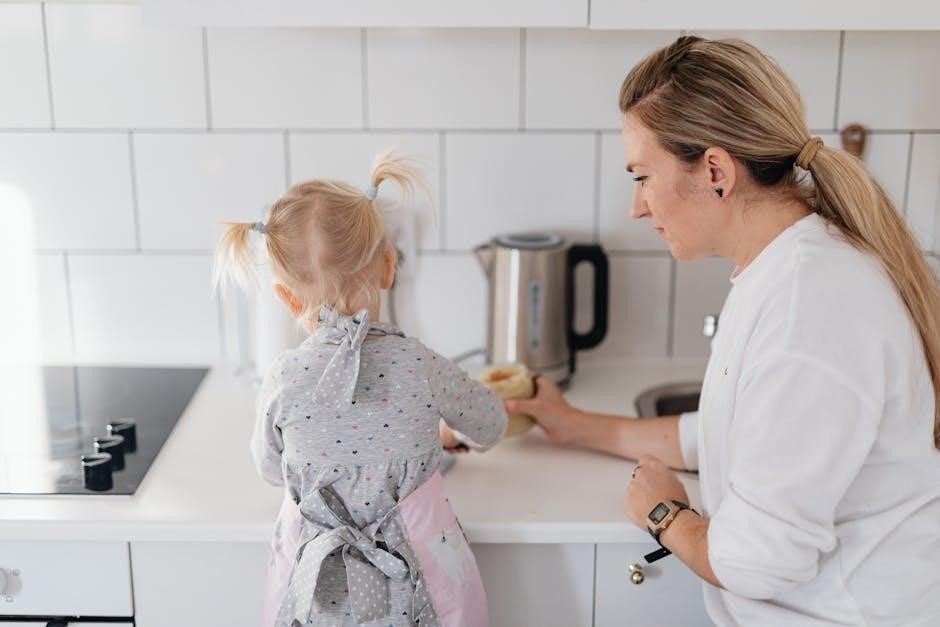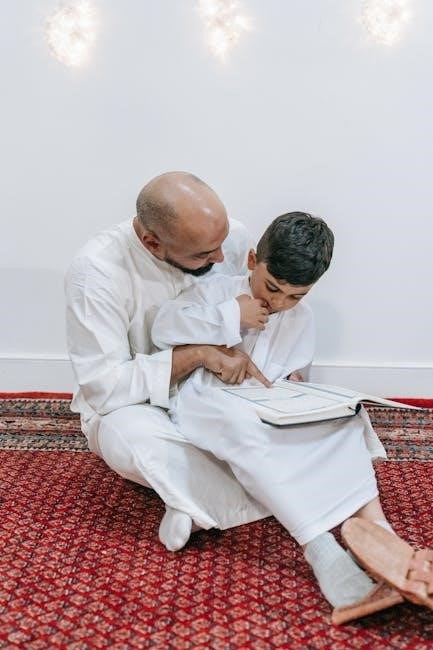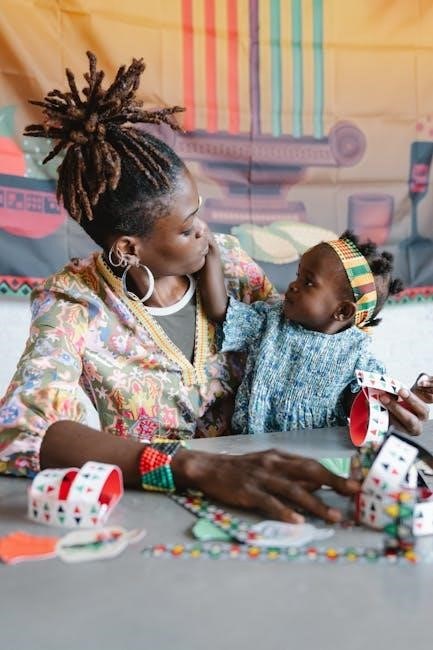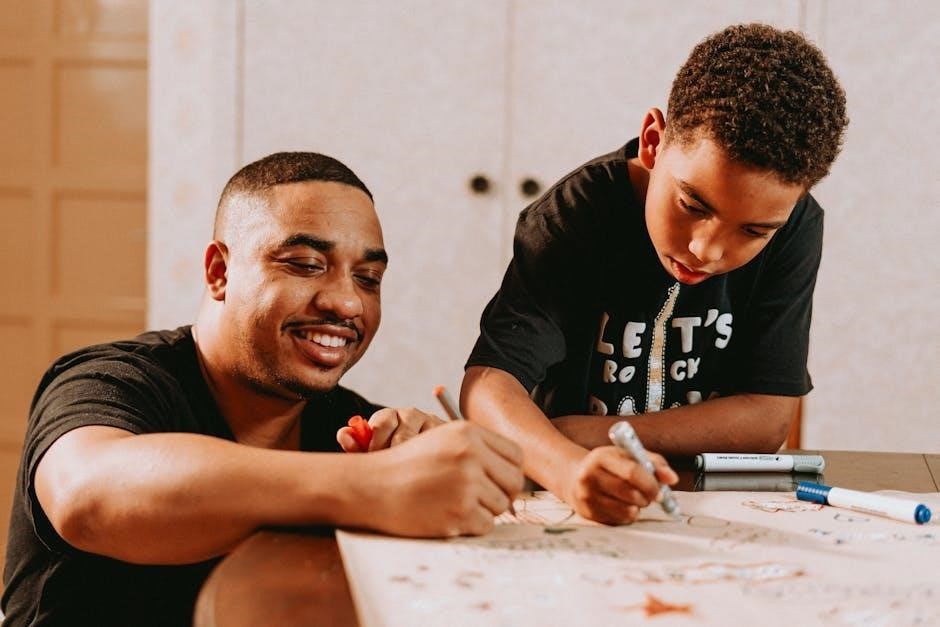A modern adaptation of Shakespeare’s The Taming of the Shrew, 10 Things I Hate About You offers a quirky, relatable take on high school life, making it a relevant watch for parents exploring teenage identity, relationships, and social dynamics with their teens.

Overview of the Movie
10 Things I Hate About You is a 1999 teen romantic comedy inspired by Shakespeare’s The Taming of the Shrew. Set in Padua High School, the film follows the story of the Stratford sisters, Kat and Bianca. Kat, the rebellious and independent older sister, and Bianca, the popular and charming younger sister, navigate love, friendship, and identity. The movie introduces Patrick Verona, a charismatic outsider, and Cameron, a new student, who become entangled in their lives. With its witty dialogue, relatable characters, and modern twist on a classic tale, the film explores themes of teenage identity and relationships, making it a beloved classic for both teens and parents.
Why It’s Relevant for Parents
10 Things I Hate About You is highly relevant for parents due to its realistic portrayal of high school life, tackling themes like teenage identity, relationships, and social pressures. The film’s PG-13 rating reflects mature content, including crude humor, alcohol, and drug-related scenes, which parents should be aware of. It offers a relatable lens to discuss complex issues with teens, such as rebellion, peer influence, and emotional struggles. The movie’s balance of humor and heart makes it an engaging tool for fostering conversations about growing up, helping parents connect with their children on topics that shape their adolescent experiences.

Understanding the Movie’s Content
The film carries a PG-13 rating for crude humor, teen dialogue, and scenes involving alcohol and drugs, making it essential for parents to preview before allowing teen viewing.
PG-13 Rating and Mature Themes
The MPAA has rated 10 Things I Hate About You PG-13 due to crude sex-related humor and dialogue, as well as alcohol and drug-related scenes involving teenagers. These elements are central to the film’s portrayal of high school life, emphasizing the challenges and realities teens face. While the humor and situations may resonate with adolescents, parents should be cautious about the mature content. Scenes involving substance use and suggestive dialogue are present throughout the movie, making it important for parents to preview the film to determine its appropriateness for their child. The rating reflects themes that may not be suitable for younger audiences.
Crude Humor and Teenage Dialogue
10 Things I Hate About You is known for its sharp, often crude humor and authentic teenage dialogue, which resonate with adolescent audiences but may raise concerns for parents. The film includes sarcastic remarks, risqué jokes, and frank discussions about relationships, reflecting the rawness of high school interactions. While these elements add to the movie’s edgy charm, they also warrant parental discretion. The dialogue is relatable for teens but may push boundaries for younger viewers, making it essential for parents to assess whether the humor aligns with their child’s maturity level.
Alcohol and Drug-Related Scenes
The film contains several scenes involving alcohol and drug use, primarily at social gatherings and parties. These moments are often used to depict the rebellious and experimental nature of teenage life. While not overly graphic, these scenes may concern parents due to their portrayal of underage drinking and substance use as common high school experiences. The movie does not glorify these behaviors but presents them as part of the characters’ struggles and growth. Parents should be aware of these elements to address them with their teens, ensuring they understand the risks and consequences associated with such actions.

Guide to the Movie’s Themes
The film explores themes of rebellion, teenage identity, love, and social hierarchies, offering insights into high school life and the challenges of growing up for both teens and parents.
Rebellion and Teenage Identity
The film captures the essence of teenage rebellion and identity through Kat Stratford’s outspoken defiance and Patrick Verona’s transformation. Kat challenges societal norms, while Patrick evolves from a rebellious outsider to a vulnerable individual. These characters embody the struggle for self-discovery and autonomy, reflecting common teenage experiences. Parents can use these portrayals to discuss the importance of individuality and the pressures of conforming to societal expectations. The movie’s portrayal of rebellion highlights the complexities of navigating high school, offering a relatable lens for teens and parents to explore themes of identity, independence, and the search for one’s true self.
Love and Relationships in High School
The film explores the complexities of love and relationships through the contrasting dynamics of Kat and Bianca Stratford. Kat’s fierce independence clashes with Bianca’s desire for popularity, while their relationships with Patrick and Cameron reveal different facets of teenage romance. The movie portrays both the intensity of first love and the challenges of navigating relationships in a high school setting. Parents can use these storylines to discuss realistic expectations about love, the importance of mutual respect, and the distinction between infatuation and genuine connection. The film’s portrayal of love also highlights the vulnerabilities and uncertainties that accompany teenage relationships.
Social Hierarchies and Peer Pressure
The film vividly captures the social hierarchies within high school, highlighting how students navigate cliques, popularity, and acceptance. Bianca’s desire to fit in and Kat’s refusal to conform illustrate the pressures teens face. The characters’ interactions reveal how peer influence can shape decisions, often leading to risky behavior. Parents can use these scenes to discuss the consequences of conforming to social norms and the importance of individuality. The movie’s portrayal of social dynamics provides a relatable backdrop for conversations about resilience, self-identity, and the challenges of standing out versus fitting in during adolescence.

Character Analysis for Parents
Kat, Bianca, and Patrick showcase distinct personalities, offering insights into teenage resilience, personal growth, and the complexities of relationships, helping parents discuss character development with their teens.
The Role of Kat Stratford
Kat Stratford, portrayed as a strong-willed and independent teenager, challenges societal norms while navigating her complex relationship with her sister Bianca and her unexpected bond with Patrick Verona. Her character embodies resilience and a refusal to conform, offering parents a chance to discuss themes of identity, self-expression, and personal growth with their teens. Kat’s journey from isolation to connection highlights the importance of understanding individuality and empathy in high school dynamics.
The Transformation of Patrick Verona

Patrick Verona, initially portrayed as a rebellious outsider, undergoes a significant transformation as he navigates his relationship with Kat Stratford. His character evolves from a tough, misunderstood teen to someone capable of genuine emotional connection. Patrick’s journey highlights themes of vulnerability, trust, and the importance of looking beyond surface appearances. His transformation serves as a powerful example for teens, showing that people can change and grow when given the chance. Parents can use Patrick’s character to discuss the value of empathy and understanding in building meaningful relationships.
Lessons from the Supporting Characters
The supporting characters in 10 Things I Hate About You offer valuable lessons for teens and parents alike. Cameron, the new student, teaches perseverance and loyalty, while Bianca learns the importance of self-worth over popularity. Even the adults, like the quirky school counselor, provide comedic yet insightful moments about navigating life’s challenges. These characters highlight diverse perspectives, showing how individuals grow and adapt in complex social environments. Parents can use these roles to discuss the importance of empathy, self-awareness, and the impact of choices, reinforcing the film’s themes of personal growth and understanding.

Discussing the Movie with Your Teen
Use this film as a springboard for open conversations about identity, relationships, and decision-making. Encourage your teen to share their thoughts on the characters’ choices and growth.
Key Questions to Ask Your Child
Ask your teen: What do they think motivates Kat’s rebellion? How realistic do they find the movie’s portrayal of high school relationships? What do they believe Patrick learns about himself? Discuss how the film handles themes like peer pressure and identity. Encourage them to share their thoughts on the consequences of the characters’ choices. These questions can help your teen reflect on the movie’s messages and relate them to their own experiences.
How to Use the Movie as a Teaching Tool
Parents can use 10 Things I Hate About You to spark discussions about real-life issues. Pause scenes to analyze characters’ decisions, such as Kat’s defiance or Patrick’s transformation, and discuss their consequences. Use dialogue to explore themes like honesty, respect, and self-awareness. Encourage your teen to compare the characters’ experiences with their own, fostering empathy and self-reflection. The movie’s blend of humor and drama makes it an engaging way to address complex topics, helping your child develop critical thinking and emotional intelligence.

Navigating Sensitive Topics Together
The movie’s portrayal of crude humor, alcohol, and teenage rebellion provides opportunities for parents to address sensitive topics. For instance, scenes like Patrick’s drunkenness or Kat’s sharp remarks can lead to discussions about consequences and respect. Encourage your teen to reflect on how these actions impact relationships and self-esteem. Use the film’s lighthearted yet realistic tone to foster open dialogue about boundaries, consent, and responsibility. By sharing your own perspectives and listening to theirs, you can help your child develop a balanced view of these issues while fostering empathy and understanding.

